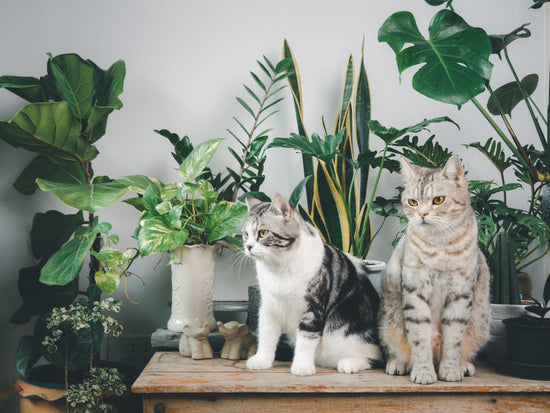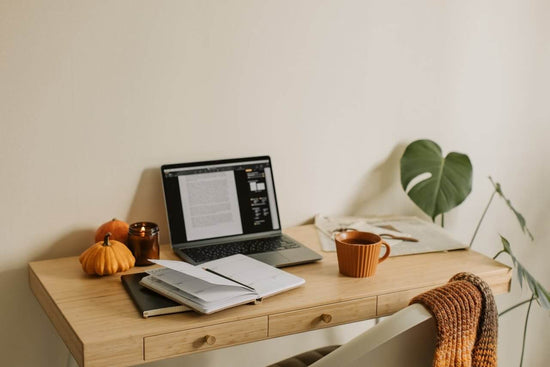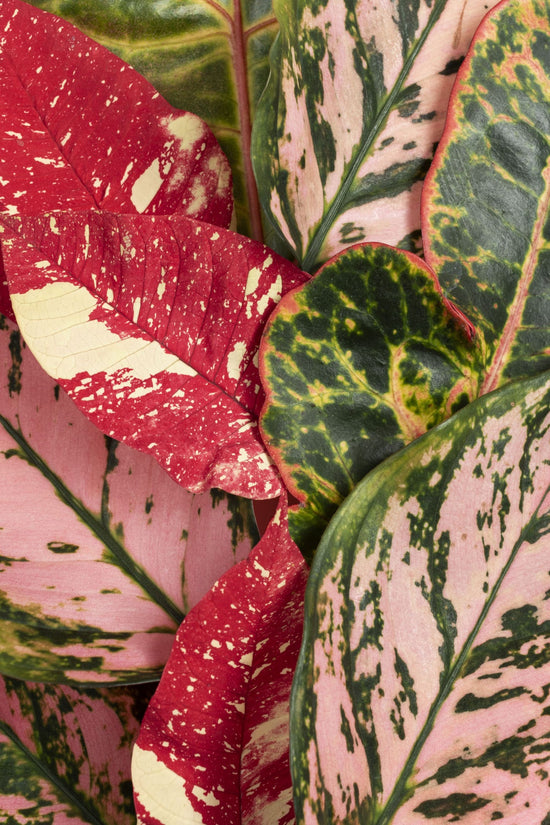Potting soil , also called substrate, is the basis for the growth and health of indoor, balcony and garden plants. It serves not only as a physical base, but also as a storage facility for water, nutrients and oxygen. The right choice of potting soil is crucial, as different types of plants have specific requirements for the substrate.
What is potting soil?
Potting soil is a specially composed substrate that consists of various components such as humus, peat, compost, sand, clay or perlite. This mixture provides optimal conditions for root growth and the supply of nutrients to plants. There is universal potting soil as well as special mixtures for certain types of plants.
types of potting soil
-
Universal Earth:
- Suitable for most indoor, balcony and garden plants.
- Contains a balanced mixture of nutrients and substrate components.
-
Special soil:
- Cactus soil: Loose and permeable, ideal for succulents.
- Orchid soil: Contains coarse components such as bark for airy roots.
- Rhododendron soil: Acidic soil for bog plants.
-
Peat-containing soil:
- Peat ensures good water retention and looseness.
- More sustainable alternatives are peat-free substrates.
-
Peat-free soil:
- More environmentally friendly, often enriched with wood fibers, coconut fibers or compost.
-
Growing soil:
- Poor in nutrients, ideal for seed germination and young plants.
Components and Properties of Potting Soil
-
Humus:
Promotes water retention and provides organic nutrients. -
Sand:
Improves drainage and permeability. -
Perlite:
Provides a loose structure and prevents waterlogging. -
Peat:
Stores water and gives the soil a loose consistency. -
Compost:
Provides natural nutrients and microorganisms. -
Fertilizer:
Potting soil is often pre-fertilized to provide the plant with nutrients during the first few weeks.
Choosing the right potting soil
The choice of the right soil depends on the plant:
- Houseplants such as Monstera or Philodendron thrive in loose, humus-rich soil.
- Succulents and cacti need well-drained, sandy soil.
- Acid-loving plants such as hydrangeas or rhododendrons prefer special soil with a low pH value.
care of potting soil
-
Loosen:
Regular loosening improves ventilation and prevents compaction. -
Exchange:
Potting soil should be renewed every 1-2 years to replace used nutrients. -
Fertilize:
After a few weeks, pre-fertilized soil should be supplemented with additional fertilizer as the nutrients are used up. -
Avoid pests:
Avoid waterlogging to prevent fungi, mold or fungus gnats in the soil.
Sustainability in Potting Soil
-
Peat-free alternatives:
Peat mining damages moorland landscapes and releases CO₂. Peat-free substrates made from coconut fibers, compost or wood fibers are environmentally friendly alternatives. -
Recycling:
Old soil can be reused by composting or mixing with fresh soil.





